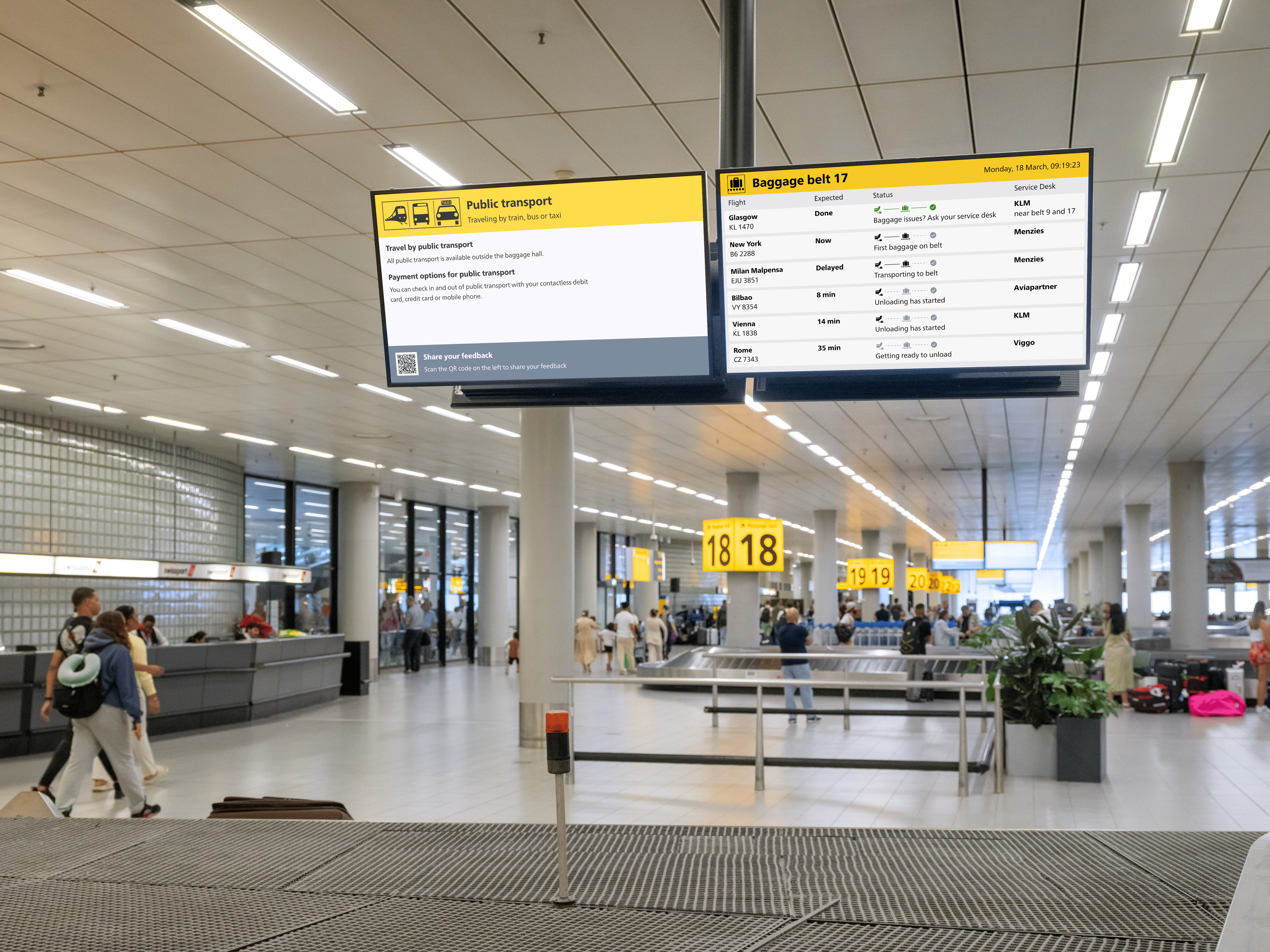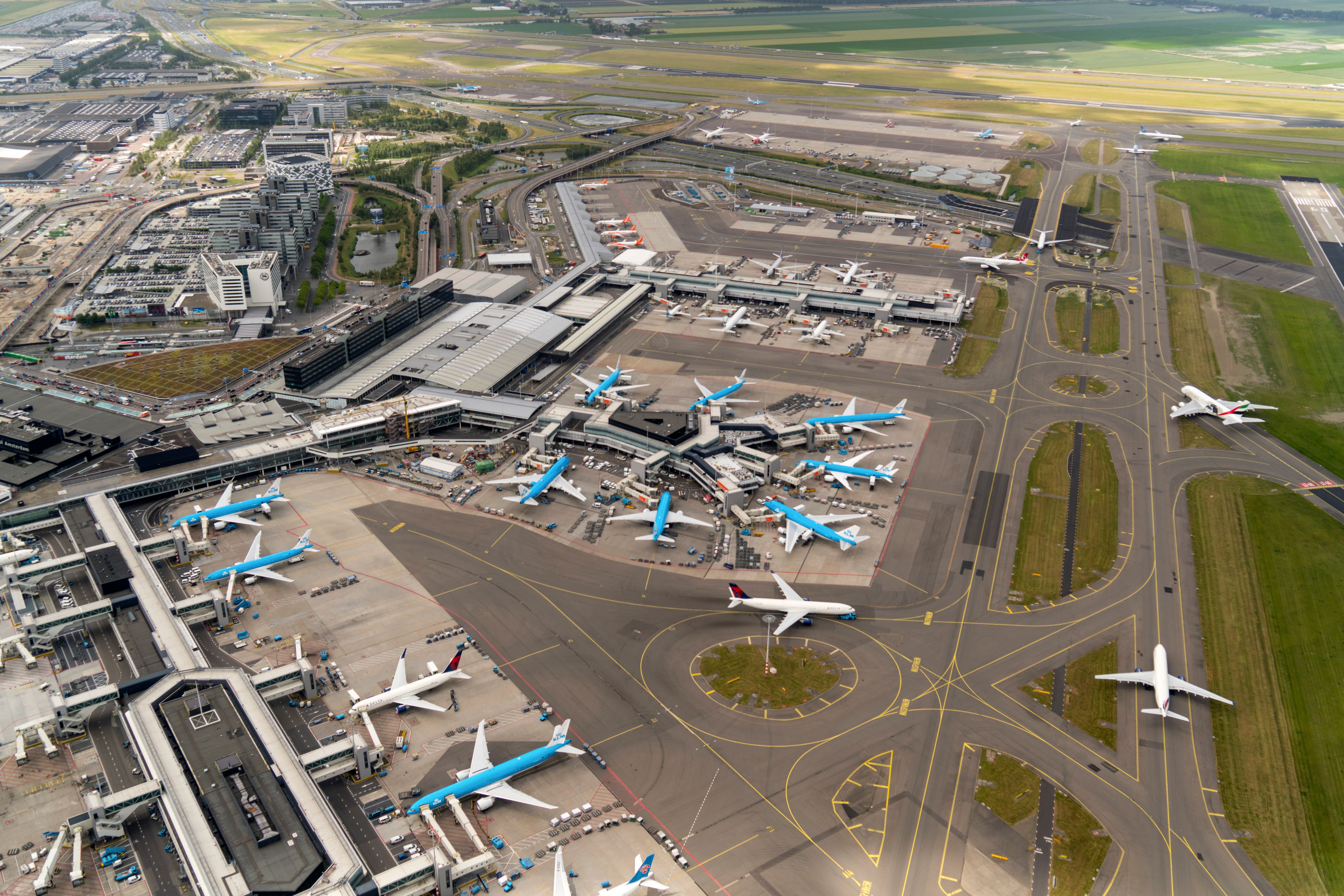Summary
- Passengers arriving at Amsterdam Schiphol Airport (AMS) will be able to track their baggage in real time.
- The technology was introduced following travelers’ feedback.
- The self-learning model uses more than a dozen of data points to predict when bags will arrive on the baggage belt.
In a bid to continuously improve its passenger experience, Amsterdam Schiphol Airport (AMS) has introduced an innovation, allowing customers to track their bags in real-time on TV screens, the airport’s website, and its application.
Shown across 150 screens
The announcement said that starting April 3, 2024, passengers arriving at AMS will be able to see the location of their baggage and how long it will take for the bag to pop out onto the baggage belt at the airport. The technology is powered by predictive algorithms, which have been used in the ground handling of aircraft for a while. As such, arriving travelers will be able to see the information on all 150 screens in the baggage halls at AMS, as well as on the airport’s website and app.
Photo: Royal Schiphol Group
According to the airport, the available information details whether the bag is still on the aircraft, on its way to the baggage basement, or is already on the baggage belt. The goal of the technology is to provide passengers with the most up-to-date information about their bags.
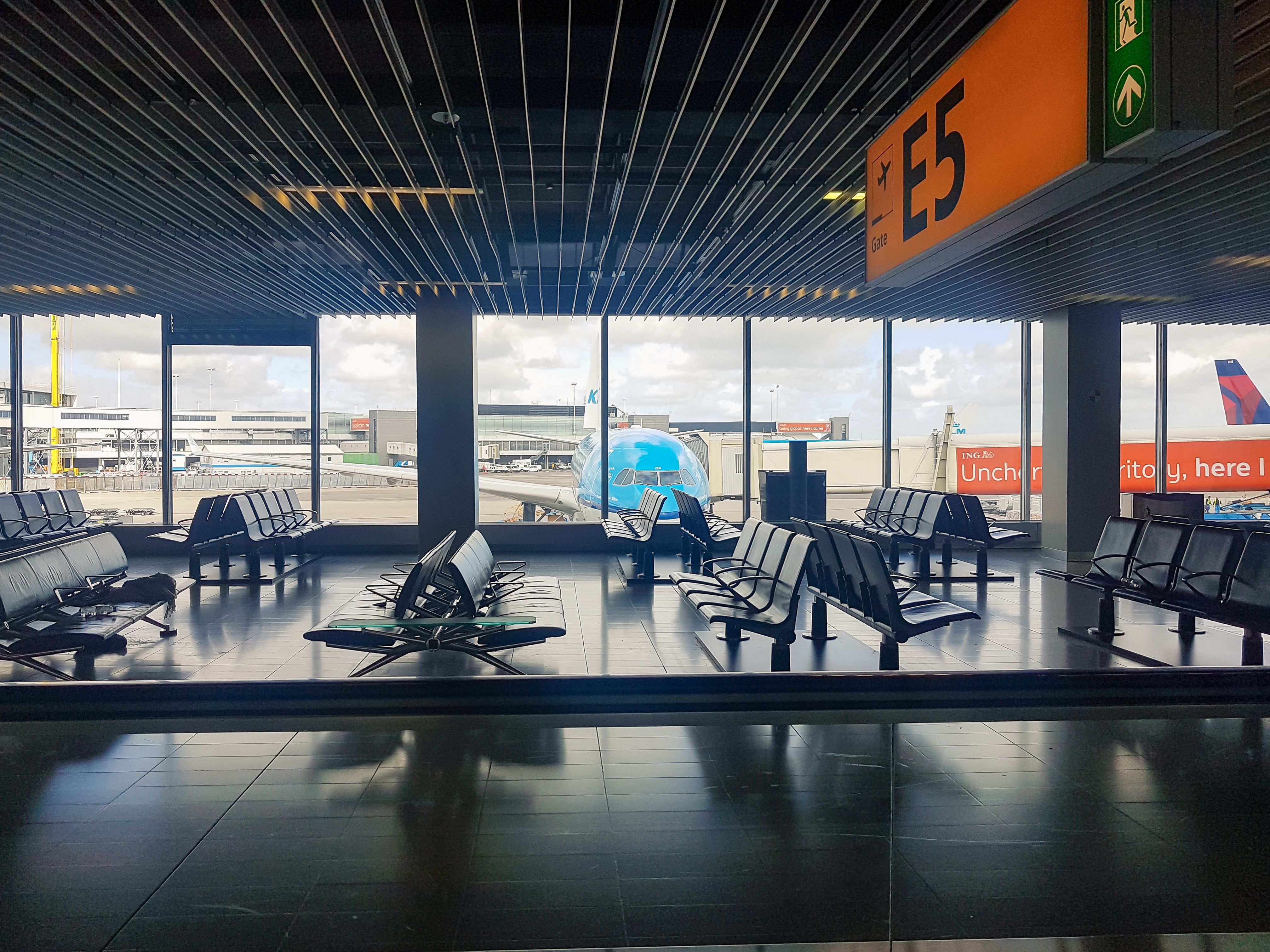
How Long Do I Need To Connect At Amsterdam Schiphol Airport?
A look at the transfer time at the busy Netherlands hub.
The need for transparency
Sander van Tienhoven, the Product Owner of Passenger Information at the Royal Schiphol Group, which owns and manages AMS, Rotterdam The Hague Airport (RTM), and Lelystad Airport (LEY), and has a majority stake in Eindhoven Airport (EIN), shared that the Group regularly conducts passenger surveys.
“One need was very clear: knowing when their baggage will arrive on the belt. Thanks to our new AI-driven capability, we can now provide this information in a clear way.”
The airport’s announcement explained that the self-learning model, which it developed itself, makes use of thirteen data sources to predict baggage waiting times. One of the sources is the Deep Turnaround model that the airport uses to track arriving aircraft on the ground to gain insight into the turnaround process.
“Having insight in this process means the airport can see whether the baggage is still in the plane or on its way to the baggage hall and therefore accurately predict how long it will take for baggage to arrive on the belt.”
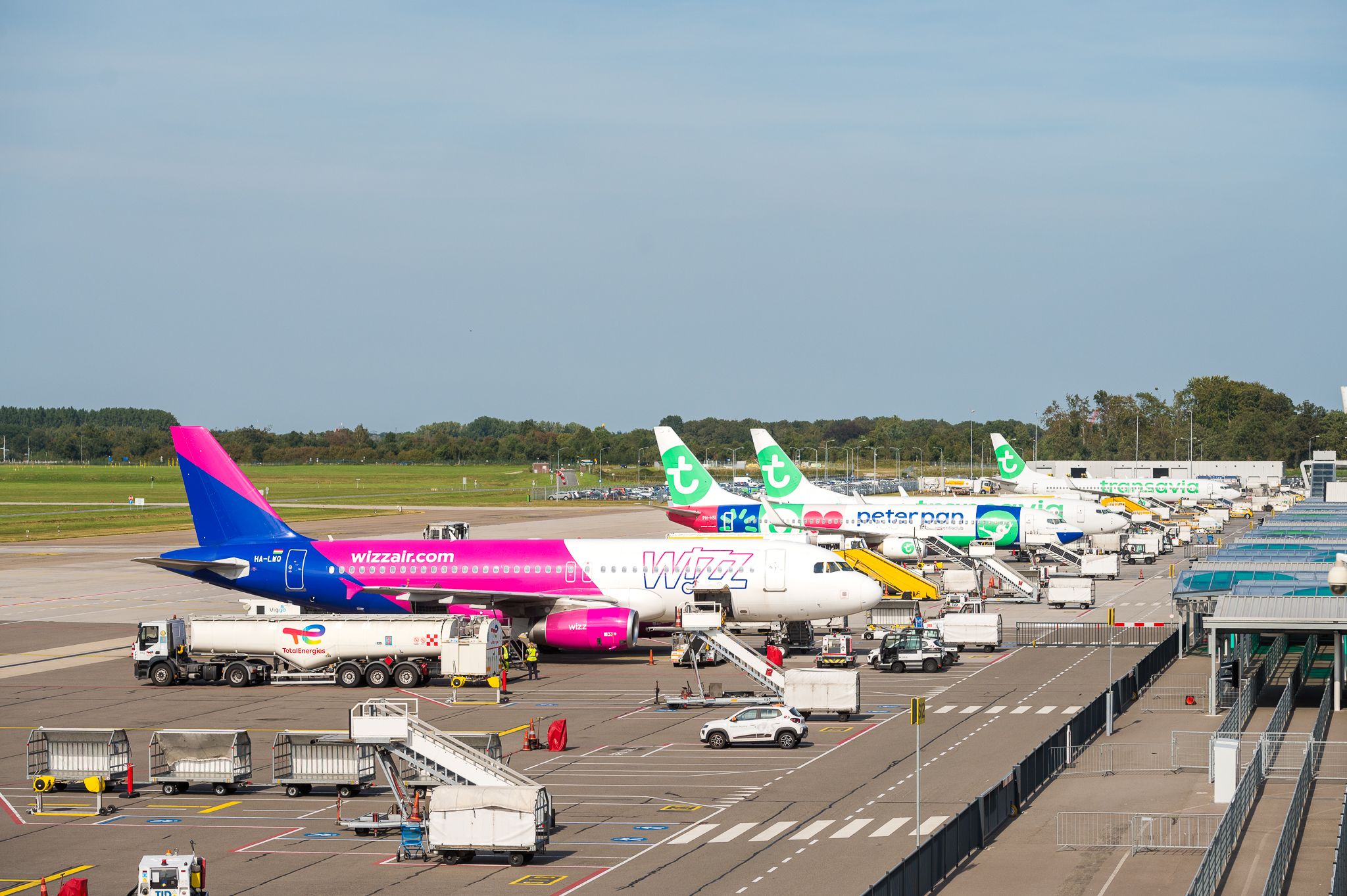
How 1 Dutch Airport Is Using Artificial Intelligence To Improve Aircraft Handling
Eindhoven Airport has installed a system to track how far an aircraft is in the turnaround process and predict potential delays.
Harnessing technologies
After the pandemic essentially ended in 2022 and travel picked up massively in the summer, some airports struggled to handle the loads of passengers coming to the gates, including AMS. While investing in physical infrastructure is costly and lengthy, using technological solutions can still improve the passenger experience without fundamentally changing the structure of a building.
Photo: Aerovista Luchtfotografie | Shutterstock
Speaking to AeroTime at the World Aviation Festival (WAF) in September 2023, Lennert l’Amie, the chief information officer (CIO) at Royal Schiphol Group, told the outlet that passengers should never experience such disruption. In response to the situation, the airport asked airlines to share data, reciprocating the effort and allowing AMS to develop a solution that would improve the problem of long queues in the future. Some of the other innovative concepts that the Royal Schiphol Group has introduced include a self-driving bus for ground handling employees.
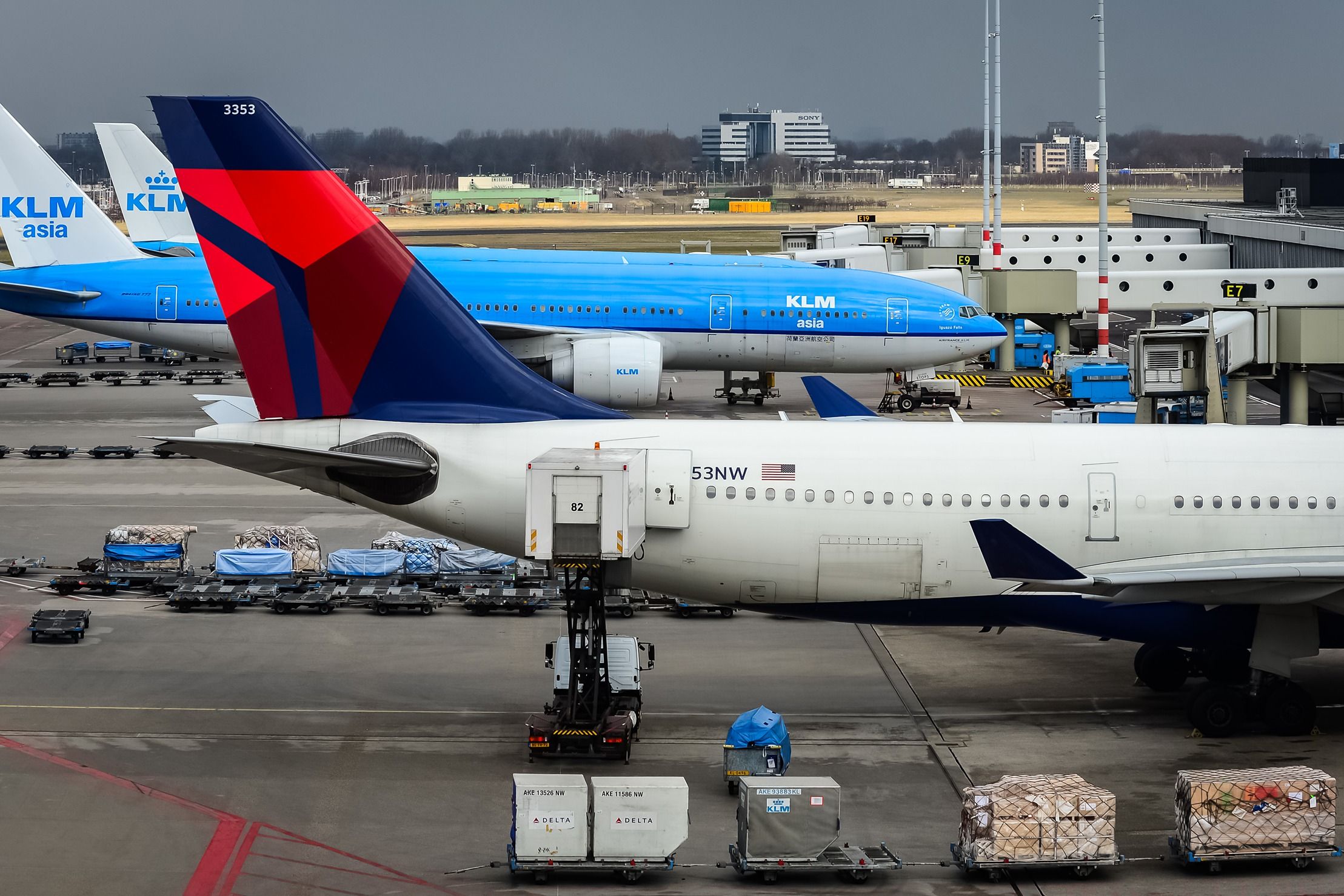
Schiphol Airport Trials Self-Driving Buses Airside In Sustainability Program
With the goal to achieve net zero emissions by 2050, the Royal Schiphol Group, the owner of Amsterdam Schiphol Airport, is trialing new technologies.

